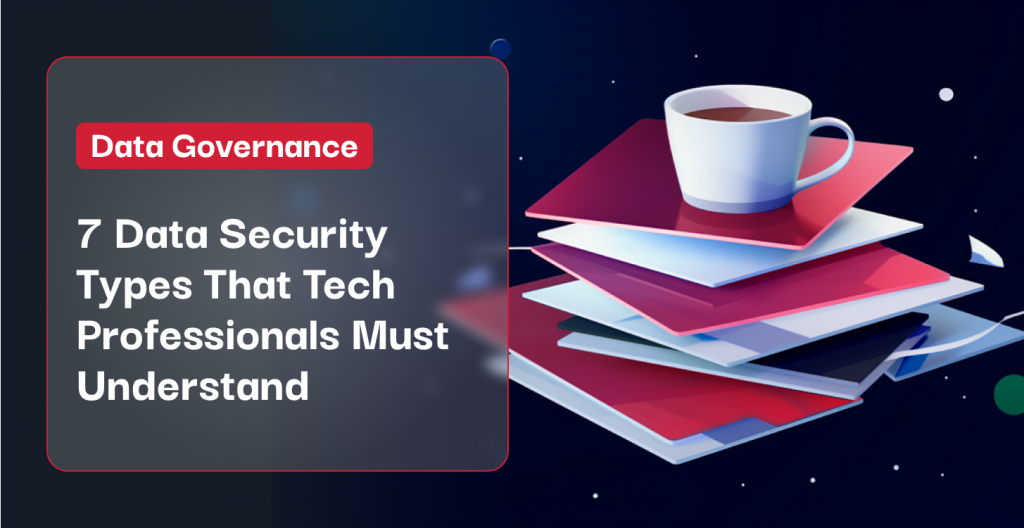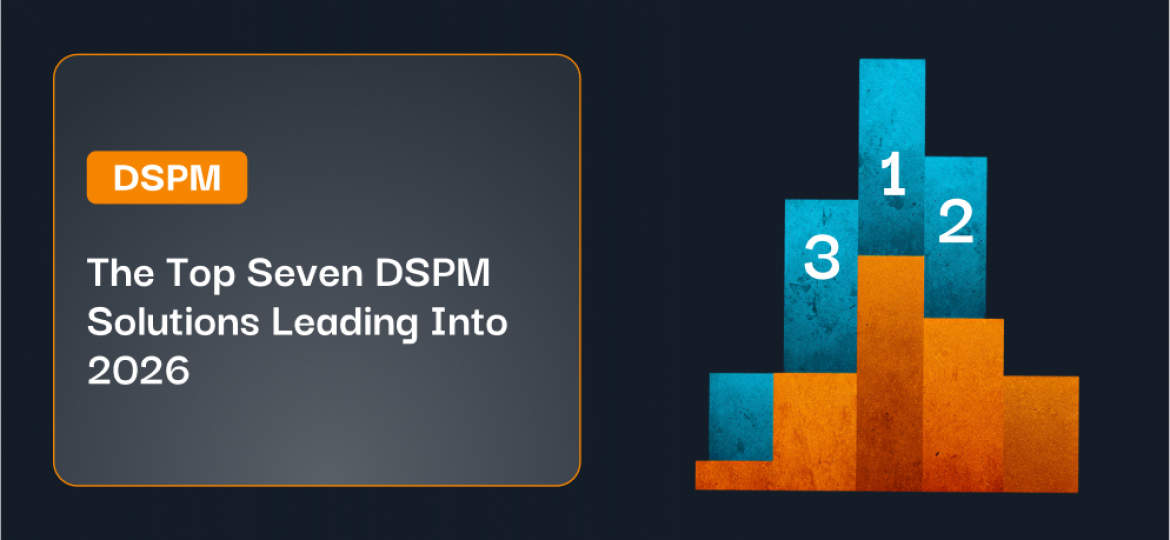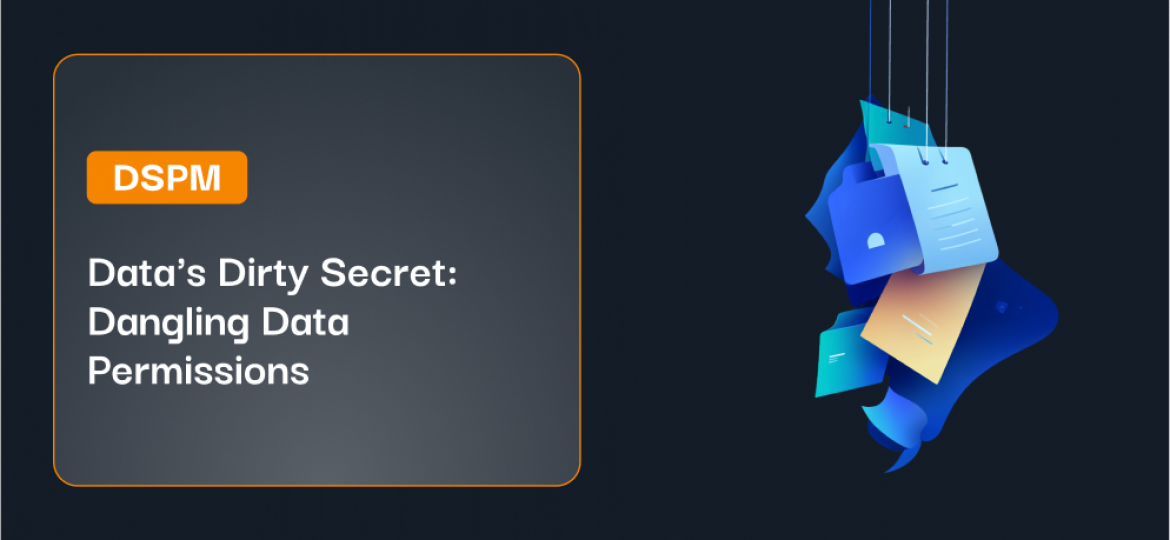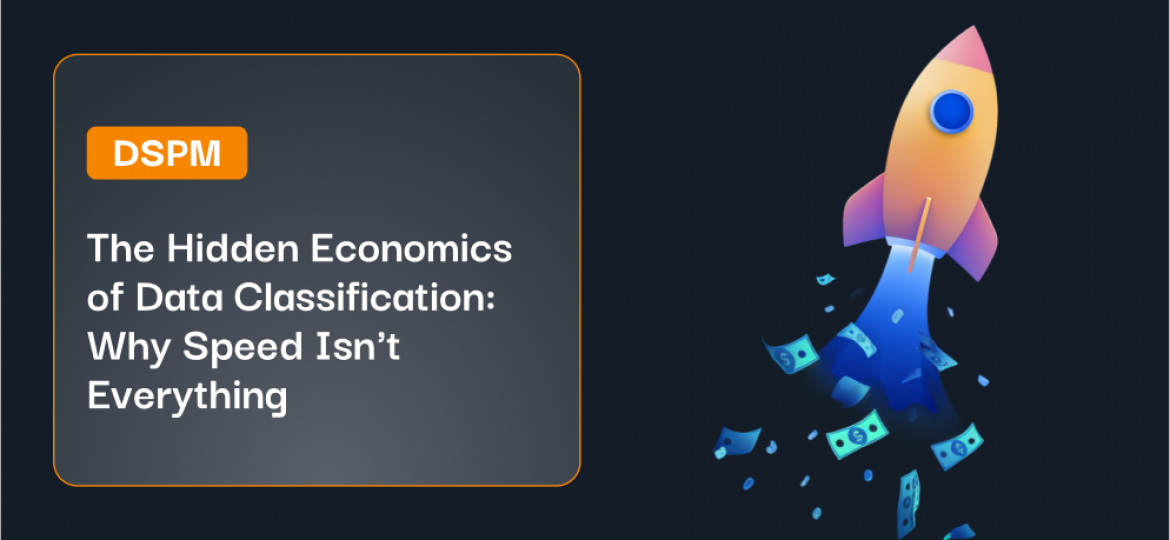Robust security postures require everyone within an organization to take data security seriously, from in-house experts to entry-level employees. Data security is absolutely critical for modern organizations in every industry, so it makes sense that all kinds of tech workers are interested in learning more. In this article, we’ll introduce seven important data security types that security-adjacent tech professionals need to understand and implement in their organizations.
Jump to a section
7 Data Security Types Tech Professionals Need to Know
#1: Discovery and classification
#4: Identity and access management
Learn more about how to keep you and your business’ information secure with the Symmetry Systems Complete Guide to Modern Data Security.
7 Data Security Types Tech Professionals Need to Know
#1: Discovery and classification
Understanding what data exists within your organization and where it is being stored, transmitted, and used is a critical step to securing it. Discovery and classification are types of data security that create a baseline of visibility so that security teams can identify where data is supposed to be going and how it is meant to be used. Features like data tagging and traffic visualizations paint a detailed picture of an organization’s data landscape. That way, unusual behavior or unexpected traffic can stand out as a warning sign of either a vulnerability, an attack vector, or a potential breach. Classification tools also allow security teams to identify which data is most sensitive and needs to be secured or siloed away from the rest of the network.
#2: Encryption
Encryption protects data by scrambling actual information so that it is unreadable. Data is not decrypted unless and until a user, application, or device is granted explicit access (and the decryption key needed to make the data legible again). For encryption to be an effective security measure, it must be applied to data in all its possible states. These include:
- When data is at rest: Data must be encrypted wherever it is stored so that it remains protected even while it’s not actively being used or transmitted.
- When data is being transmitted: Attackers can hijack, change, or eavesdrop on data while it is flowing between two points if the information is not encrypted.
- When data is being used: Although it is a difficult technique, data should also be encrypted while it is in use in order to prevent well-timed attacks.
#3: Password control
Maintaining good password hygiene is a non-negotiable security technique. Protecting valuable and sensitive data with passwords further ensures that only authorized users can access that information. These are the crucial basics of password control as a type of data security:
- Unique: Don’t reuse passwords for multiple purposes; each one should be different.
- Strong: Use combinations of letters, numbers, and special characters.
- Private: Only those who absolutely require data should know the password.
- Updated: Audit and refresh passwords regularly to strengthen their security.
#4: Identity and access management
Identity and access management (IAM) strengthens overall security by only granting access to those who require it in order to perform their job functions. As an overall framework, IAM enables security teams to monitor digital identities’ access to sensitive data. There are many different tools and approaches that support IAM, including multi-factor authentication, single sign-on systems, and the principle of least privilege access (which dictates that users should only have access to the data that is completely necessary for them to carry out their core responsibilities).
#5: Endpoint protection
Endpoint protection secures data by monitoring traffic as it moves into and out of an organization’s network. Endpoint protection platforms combine the benefits of antivirus and anti-malware solutions with machine learning algorithms that can detect anomalies in the regular, expected patterns of traffic. Endpoint detection and response is also an important factor in that it allows security teams to identify and remediate any breaches that do occur. By decreasing the time it takes to identify a breach, security teams can increase their chances of protecting the data, system, or network before attackers can do any meaningful damage.
#6: Employee education
Not all data security types take place through technology; some happen on the human level. One of the most important ways to secure your organization’s data is by training your users to implement best practices throughout their day-to-day activities. Innocent human error can introduce the vulnerabilities that cyberattackers count on, so basic education can help users at every level avoid those costly mistakes. Train your employees to identify the warning signs of social engineering and teach them best practices for protecting themselves while connecting to the internet, reading and sending emails, downloading attachments, etc.
#7: Data loss prevention
Safeguarding against data loss with backups is also an important type of data security. Creating (and maintaining and updating) redundancies doesn’t just protect against malicious attacks by cybercriminals, it also helps protect data against outages, natural disasters, and other kinds of accidental damage. Some organizations still store physical backups on-premises or at secondary data centers, but most modern companies rely on cloud and hybrid-cloud security measures to backup their data. This increases scalability and decreases the likelihood that mission critical data will become compromised and operations will be interrupted.
There’s no single product, strategy, or type of data security that is sufficiently protective on its own. Instead, effective data security requires a multi-pronged approach based on the specifics of each organization’s individual goals, needs, and environment. Symmetry Systems helps cloud security teams protect their data with an evidence-based approach to IAM. Interested in learning how Symmetry DataGuard helps companies strengthen their data security strategies? Contact us today to learn more.






